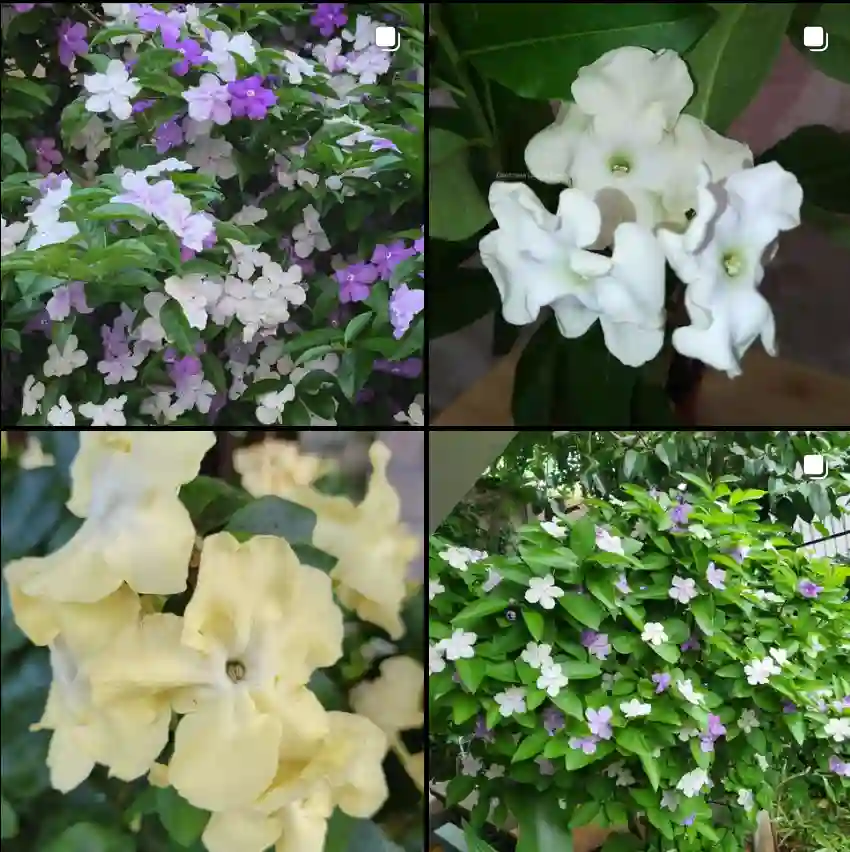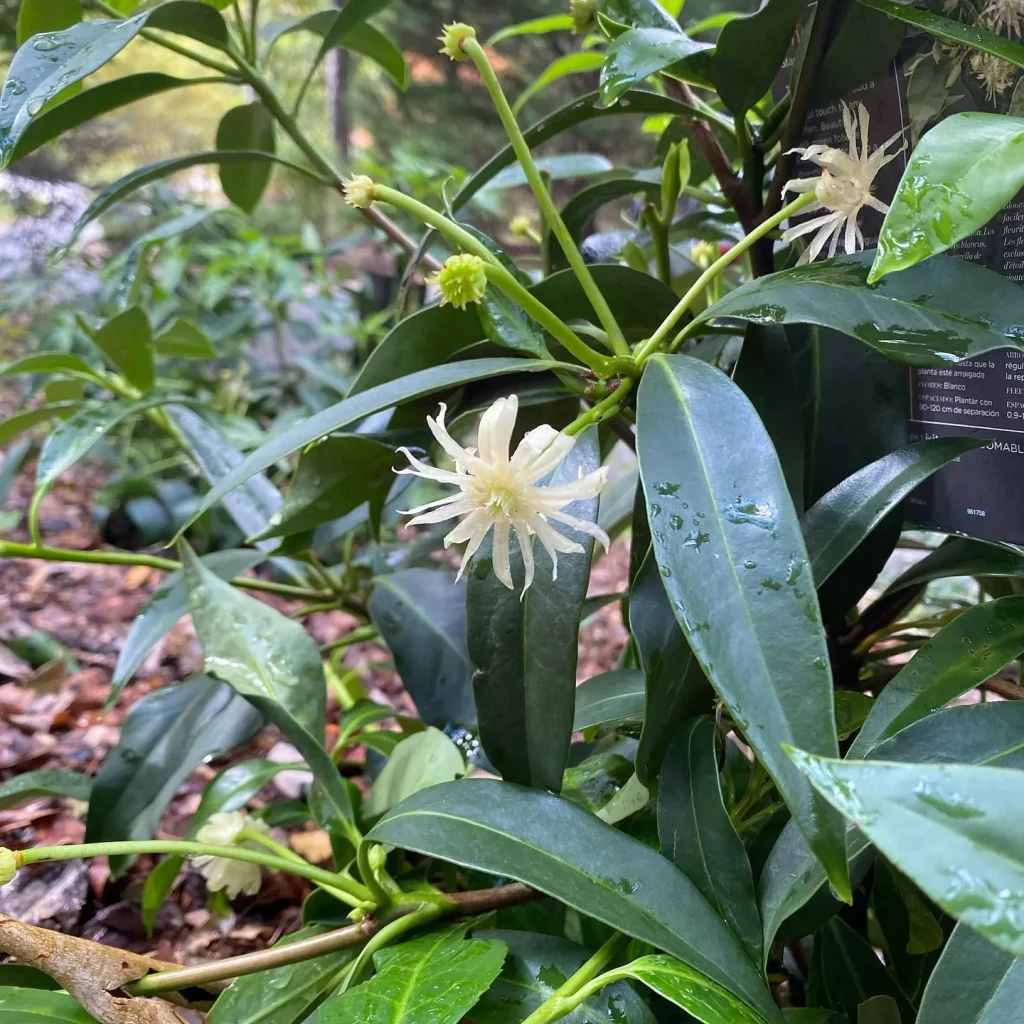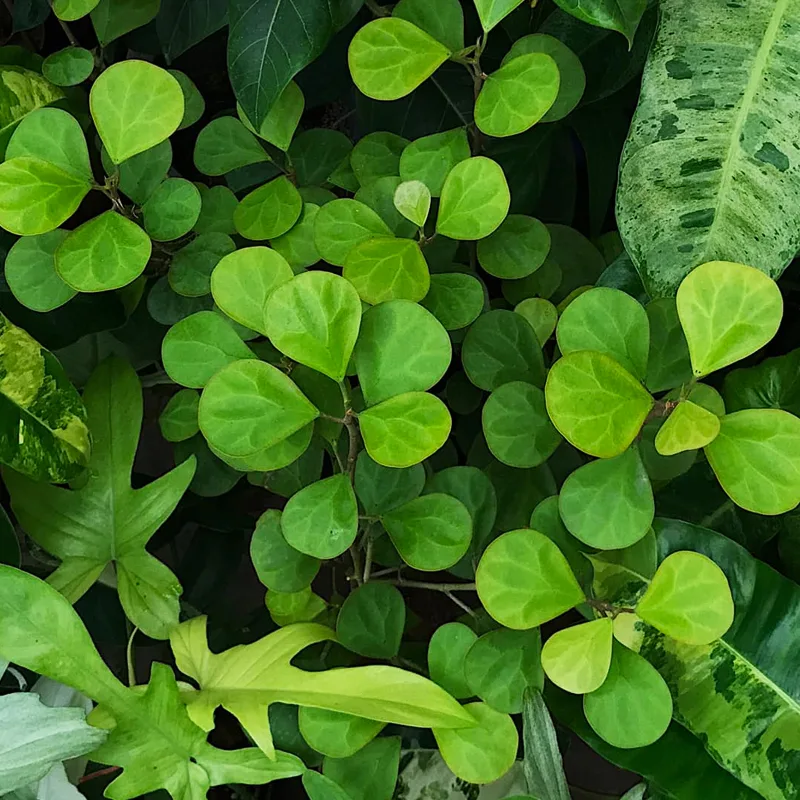
What is Ruschia Lineolata?
Ruschia Lineolata, also known as Carpet of Stars, is a resilient and attractive ground cover plant. Native to South Africa, it’s part of the Aizoaceae family, known for its ability to thrive in harsh, arid conditions. The plant is a succulent, with small, fleshy leaves that form a dense mat across the ground. The foliage is bright green, and in the right conditions, it produces tiny, daisy-like flowers that range in color from white to pale pink. These blooms are a beautiful sight, especially when the plant is fully covered in them.
Plant Family: 137 Genera in Aizoaceae
How to Care for Ruschia Lineolata?
Caring for Ruschia Lineolata is straightforward, making it a great choice for gardeners of all experience levels. Here’s how I care for mine:
- Sunlight: Ruschia Lineolata thrives in full sun. I make sure to plant it in a spot where it gets at least six hours of direct sunlight daily. This exposure helps the plant maintain its vibrant color and encourages flowering.
- Watering: Being a succulent, Ruschia Lineolata is drought-tolerant. I water mine sparingly, allowing the soil to dry out completely between watering sessions. Overwatering can lead to root rot, so it’s crucial to ensure good drainage.
- Soil: Well-draining soil is essential for this plant. I use a sandy or gravelly mix to prevent water from pooling around the roots. If you’re planting in a garden bed, mixing in some sand or perlite can help improve drainage.
- Fertilization: Ruschia Lineolata doesn’t require much fertilization. I apply a balanced, diluted fertilizer once during the growing season, which helps boost its growth and flowering without overwhelming it.
- Pruning: The plant generally maintains a neat, low-growing form. However, if it starts to look untidy, I trim it back slightly to encourage new growth and maintain its compact shape.
How to Propagate Ruschia Lineolata?
Propagating Ruschia Lineolata is easy, and it’s a great way to expand your collection or share with friends. Here’s how I propagate mine:
- Cuttings: The easiest method is through cuttings. I select a healthy stem, usually about 3-4 inches long, and cut it just below a node. I then let the cutting dry out for a day or two to form a callus. After that, I plant it in well-draining soil, keeping the soil slightly moist until roots develop, which usually takes a few weeks.
- Division: Another method is division. If your Ruschia Lineolata has grown into a large clump, you can divide it into smaller sections. I gently dig up the plant, being careful not to damage the roots, and then separate it into smaller pieces. Each piece should have a good root system and some foliage. I replant these divisions in new spots and water them lightly.
What to Plant with Ruschia Lineolata?
Ruschia Lineolata pairs well with other drought-tolerant plants and succulents. Here are a few companions I’ve found to complement its growth:
- Sedum: Sedum varieties, like Sedum Acre or Sedum Angelina, are excellent companions. They share similar care requirements and create a beautiful contrast with their different textures and colors.
- Lavender: I love pairing Ruschia Lineolata with lavender. The purple blooms of lavender against the green carpet of Ruschia create a stunning visual effect in the garden.
- Echeveria: Echeveria rosettes, with their various hues, look amazing next to Ruschia Lineolata. They both enjoy similar conditions and create a cohesive, low-maintenance landscape.
How to Use Ruschia Lineolata in the Garden?
Ruschia Lineolata is incredibly versatile in the garden. Here’s how I use it:
- Ground Cover: Its dense, spreading habit makes it perfect as a ground cover. I use it to fill in gaps between larger plants or to cover bare soil areas, reducing the need for mulching and helping to suppress weeds.
- Rock Gardens: Ruschia Lineolata is an ideal choice for rock gardens. It thrives in rocky, well-drained conditions and adds a soft, green contrast to the harder elements of the landscape.
- Borders and Edging: I also use Ruschia Lineolata as an edging plant along pathways or garden beds. Its low profile and neat growth habit create a defined, yet soft, border that enhances the overall design of my garden.
Is Ruschia Lineolata Toxic?
One of the concerns for pet owners and parents is whether a plant is toxic. Fortunately, Ruschia Lineolata is non-toxic to both humans and pets. This makes it a safe choice for gardens where children and animals play. I’ve never had any issues with my pets interacting with it, which is a relief.
Common Problems and Solutions
While Ruschia Lineolata is generally low-maintenance, it’s not without its problems. Here are a few issues I’ve encountered and how I deal with them:
- Overwatering: The most common issue is overwatering, leading to root rot. I combat this by ensuring the soil drains well and by being cautious not to water too frequently.
- Pests: Although relatively pest-resistant, Ruschia Lineolata can sometimes attract aphids. I keep an eye out for these and treat any infestations with insecticidal soap or by simply hosing them off with water.
- Cold Sensitivity: Ruschia Lineolata isn’t frost-tolerant, so in colder climates, I protect it by covering it during frosty nights or moving container-grown plants indoors.
Conclusion
Ruschia Lineolata is a fantastic plant for anyone looking for a low-maintenance, drought-tolerant, and attractive ground cover. Its versatility in the garden, combined with its ease of care, makes it a valuable addition to any landscape. Whether you’re looking to fill in a rock garden, create a living carpet, or simply add some green to your space, Ruschia Lineolata is a plant I highly recommend.
If i die, water my plants!



